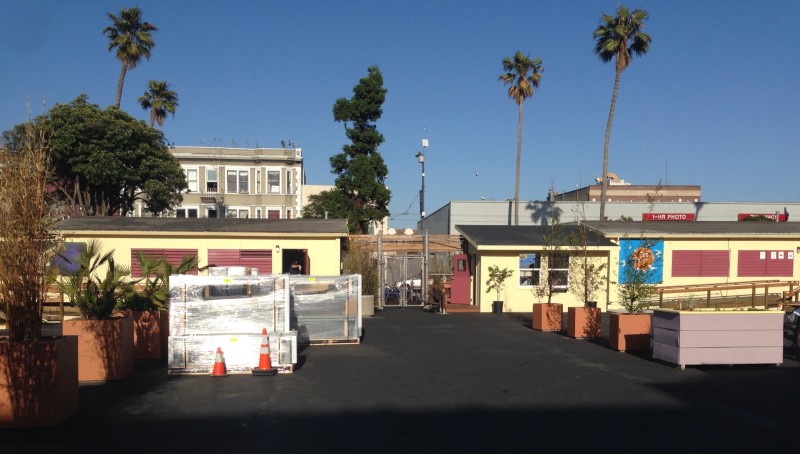"We've had a lot of visitors," she said. "Everyone is interested in how to get people off the streets."
Those visits from out-of-town officials could soon increase, thanks to even more national exposure. In the U.S. Conference of Mayors yearly Hunger and Homeless Survey released last week, the Navigation Center was praised for helping homeless people get government benefits and find housing, and for assisting clients without placing rules on when they can come and go.
From late March to early October, the center served 211 people. Just over half have been placed in permanent homes. According to the U.S. Conference of Mayors report, 38 left without getting permanent housing and 64 are in the process of looking.
The facility's mission is to help homeless people overcome systemic problems that have prevented them from finding homes. Visiting officials continually ask what San Francisco is doing to create new housing for its clients, especially in a city that's in the midst of an affordability crisis that's priced out many low- and middle-income residents.
San Francisco added more than 500 units of supportive housing in 2015 in four new buildings, according to Sam Dodge, the new director of the mayor's office of Housing Opportunity, Partnerships & Engagement. "They are all for people exiting homelessness, including from the Navigation Center," he said in an email.
In fact, last week the city learned that the U.S. Department of Housing & Urban Development approved an application to build more structures to house 200 more units next year, Dodge said. He hopes to bring online another building that's been largely empty for the last few years, which would accommodate an additional 100 units in 2016.
Meantime, several city agencies are trying to find new single-room-occupancy units that can be used to house homeless people, said Leadbetter
The officials who have visited from outside San Francisco have expressed concern over finding the money to build and run their own, similar centers. (San Francisco's first facility in the Mission received a $3 million donation.)
A group of city officials from Oakland, where the City Council recently declared a homeless shelter emergency, visited the Navigation Center in the fall.
"We are learning from it a great deal in terms of what we will establish as a similar model," said Claudia Cappio, Oakland's assistant city administrator, in an interview.
Cappio points out that in Oakland, when the city moves out unsanctioned encampments, homeless people living in them lose their possessions. In a model Oakland could use, the city would have housing units not only with beds and bathrooms, but for storage as well. If homeless people are allowed to keep their things, they feel free to look for other services, Cappio said.
"Shelter is important and is a really big deal to stabilize people to make them feel safe, but unless those wraparound services are concurrently provided, we're not doing our job," Cappio said.
The visits to the Navigation Center have affected the homeless people who currently live there, Leadbetter said. "They know they're a part of something that's new and exciting and different, and I think it's very healthy for them to see that they're a part of something that's working," she said.
Meanwhile, San Francisco itself is considering expanding the number of Navigation Centers throughout the city. In early December Supervisor Mark Farrell called for a hearing to look into ways of building more of the facilities.
